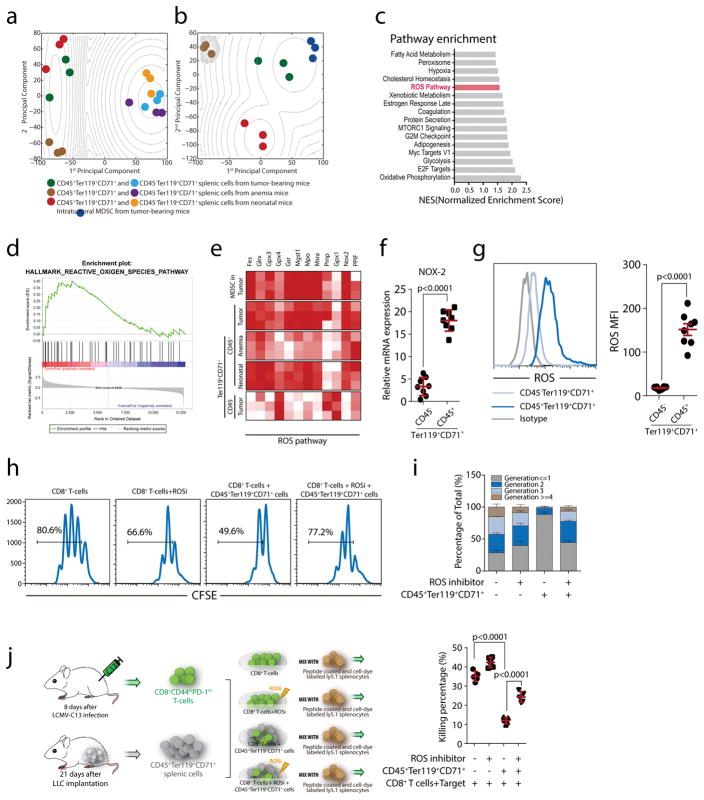Fig. 3. ROS play a dominant role in the immunosuppressive ability of CD45+CD71+TER119+ cells from tumor-bearing mice.
a–b, Principal component analysis of RNA sequencing data reveals similarity among the CD45+CD71+TER119+ and CD45−CD71+TER119+ cells (a) and similarity among MDSCs and CD45+CD71+TER119+cells (b) from tumor-bearing(n=3), anemic (n=3) and neonatal (n=3) mice. An expectation maximization algorithm was used to perform clustering under Gaussian mixture models. The contour shows the estimated probability density for each group. Log-likelihood is shown. c, Pathway enrichment analysis was performed using Gene Set Enrichment Analysis (GSEA). Significantly enriched (nominal p value <0.05) items in CD45+CD71+TER119+ cells derived from tumor-bearing mice compared with those from anemic mice are shown with enrichment scores (n=3). d, Enrichment plot of the HALLMARK ROS pathway for the comparison between CD45+CD71+TER119+ cells from tumor-bearing mice and anemic mice. e, Heat map illustrating the relative expression of ROS pathway genes in MDSCs and CD45−CD71+TER119+ cells from spleens of tumor-bearing mice and CD45+CD71+TER119+ cells from the spleens of tumor-bearing, anemic and neonatal mice. f, Cybb (Nox2) mRNA expression in CD45+CD71+TER119+ and CD45−CD71+TER119+ cells from tumor-bearing mice (n=8) was quantified by RT-qPCR. g, ROS production in CD45+CD71+TER119+ and CD45−CD71+TER119+ cells from tumor-bearing mice was quantified by flow cytometry(n=8). h–i, CD45+CD71+TER119+erythroid progenitor cells isolated from the spleens of tumor-bearing mice(n=8) were co-cultured with CFSE-labeled CD8+ T cells at a ratio of 1:1 (CD8+ T cells:EPCs). CD8+T cell proliferation was evaluated in the presence or absence of apocynin (ROSi), an NADPH oxidase inhibitor that blocks ROS production. j, CD45+CD71+TER119+erythroid progenitor cells isolated from the spleens of tumor-bearing mice(n=5) were co-cultured with sorted CD8+ T cells in the presence or absence of apocynin, and, after 6 h, the ex vivo killing efficiency of sorted CD8+ T cells was determined. Each point in (f) represents data from an individual mouse. Data are representative of three independent experiments and were analyzed by two-tailed unpaired t-test. Two-tailed p-values were reported. Bar graphs denote the mean value with SEM.

